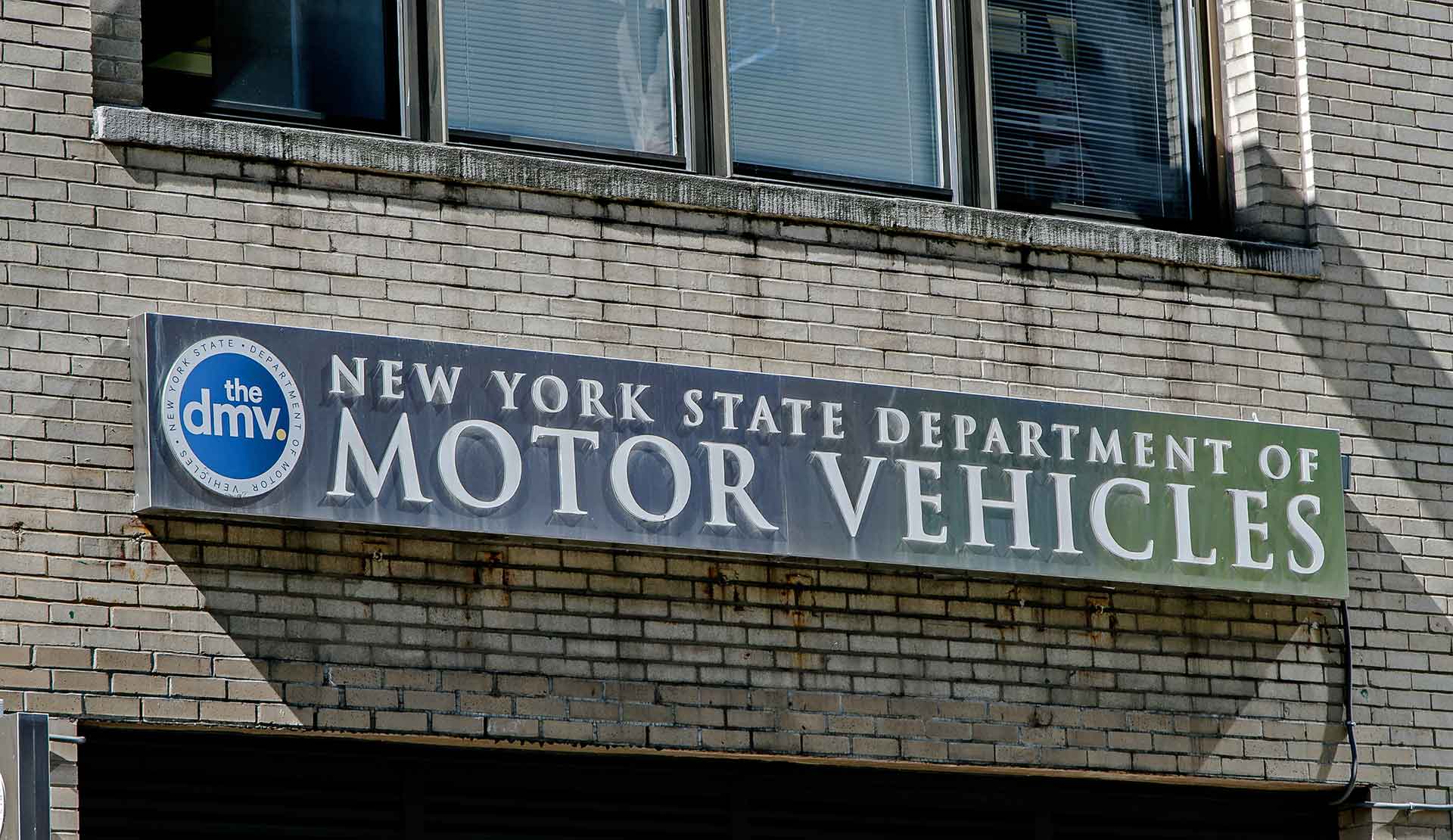Driving in New York comes with certain responsibilities, and one of the ways the state ensures that drivers are safe and law-abiding is through the New York State Department of Motor Vehicles (DMV) Point System. This system serves as a way to track and monitor a driver’s behavior on the road, specifically focusing on traffic violations. Accumulating too many points within a short period can lead to serious consequences, including the suspension or revocation of your driving privileges. In this blog, we’ll break down how the system works, what types of violations earn points, and how to manage points on your driving record.
What is the DMV Point System?
The New York DMV Point System is designed to penalize drivers who repeatedly violate traffic laws. When you commit certain traffic offenses, points are added to your driving record. The more serious the violation, the more points you earn. If you accumulate too many points within a specific timeframe, the DMV can take action against your driving privileges.
How Do Points Affect Your License?
The DMV monitors the points on your driving record over an 18-month period. If you accumulate 11 or more points in that time, your driver’s license can be suspended. This is a way to prevent dangerous or reckless driving by ensuring repeat offenders face consequences.
Additionally, points on your record can lead to higher auto insurance premiums, as insurers view drivers with points as higher-risk individuals.
Common Violations and Their Point Values
Different traffic violations result in different point values. Here are some of the most common violations and the points associated with them:
- Speeding (1-10 mph over the limit): 3 points
- Speeding (11-20 mph over the limit): 4 points
- Speeding (21-30 mph over the limit): 6 points
- Speeding (31-40 mph over the limit): 8 points
- Speeding (more than 40 mph over the limit): 11 points
- Reckless driving: 5 points
- Failing to stop for a school bus: 5 points
- Improper cell phone use: 5 points
- Tailgating (following too closely): 4 points
- Failure to yield right-of-way: 3 points
- Running a red light: 3 points
- Disobeying traffic control signal, STOP sign, or YIELD sign 3
- Improper passing, changing lanes unsafely 3
- Driving left of center, in the wrong direction 3
- Leaving the scene of a property damage incident 3
- Child safety restraint violation 3
- Inadequate Brakes (employer’s vehicle) 2
- Most other moving violation 2
- Failure to signal 2
- Improper turn 2
- Disobeying a traffic control device 2
The points for these violations can add up quickly, so it’s important to drive safely and avoid infractions.
How to Check Your Points
To keep track of your driving record, the New York DMV allows you to check your points online. You can visit the DMV website and access your record by entering personal details like your driver’s license number. This can help you monitor your points and be aware of any potential issues before they escalate.
Reducing Points on Your Record
Fortunately, there are ways to reduce points on your driving record. One option is to complete a Defensive Driving Course (also known as the Point and Insurance Reduction Program, or PIRP). Successfully completing this course can reduce up to 4 points from your total. While this won’t remove the violation from your record, it can prevent the points from being used toward a suspension.
Additionally, if you maintain a clean driving record (no violations or accidents) for a period of time, older points will eventually expire and no longer count toward your total.
Driver Responsibility Assessment
If you accumulate 6 or more points within 18 months, you may be subject to a Driver Responsibility Assessment (DRA). This is a fee imposed by the DMV that you must pay annually for three years. The assessment costs:
- $100 per year if you have 6 points
- An additional $25 per year for each point over 6
Failing to pay this assessment can lead to further penalties, including the suspension of your license.
Final Thoughts: Drive Safely and Stay Informed
The New York DMV Point System is an essential part of maintaining road safety. By understanding how points are accumulated and what actions can lead to penalties, drivers can make more informed decisions on the road. Safe driving not only helps you avoid points but also keeps you and others protected.
If you find yourself accruing points, take steps to reduce them and avoid future infractions. Defensive driving courses, regular checks of your driving record, and cautious driving habits can all help you maintain a clean record and keep your driving privileges intact.






